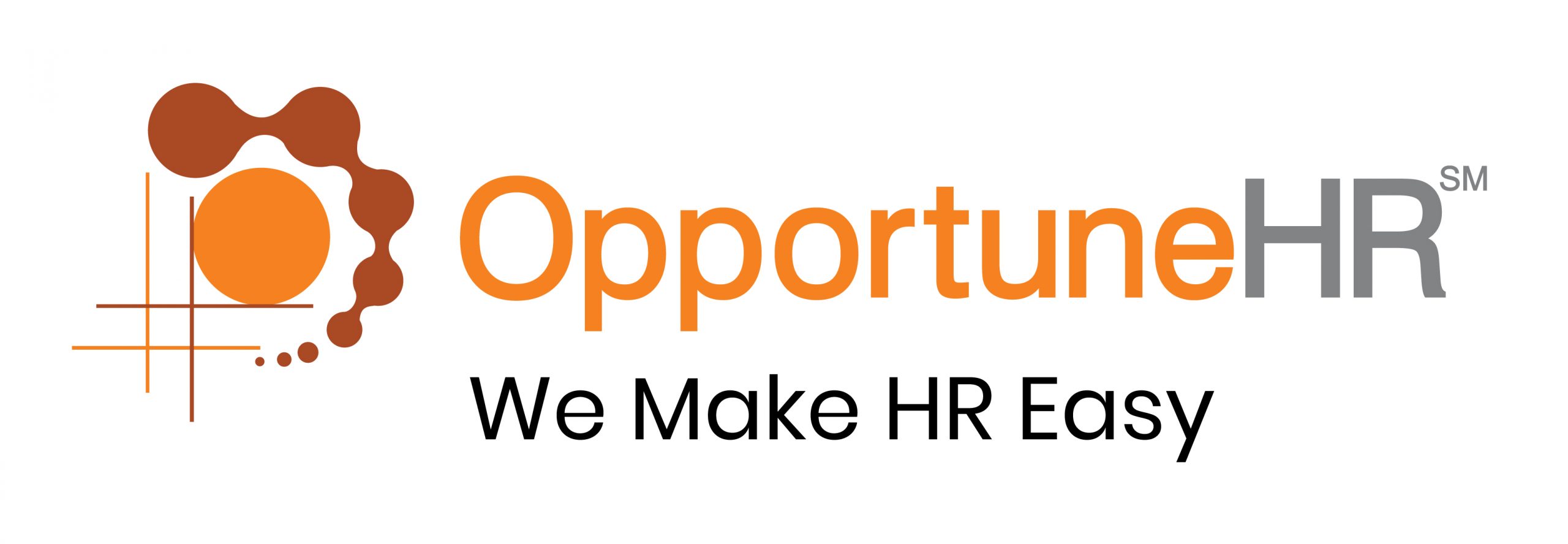Two major challenges today for HR managers across the globe are: Attracting good talent, and employee retention.
That’s why all progressive HR managers are putting great focus on enhancing the employee experience in the organisation. It’s not just a buzz phrase but becoming a real differentiator.
Reason? In a competitive job environment, a good salary isn’t good enough. Today’s workforce demands a work culture that can help them grow. People want to work with organisations they can belong to. Employees wish to be treated more than just an employees: Human being with the need for bonding, motivation, and inspiration.
Can HR tech help enhance the human touch? Isn’t that a paradox, people wonder?
Let’s see how HR management tools like HRMS enhance the company culture and employee experience in the workplace–
The biggest change that HR management tools bring to the organisation is superior speed and accuracy. PLUS the HRMS software can handle complex calculations easily. This simplifies the response time and ensures a great experience for all, the HR managers, employees, as well as the business owners.
HR’s repetitive and manual tasks are done by the software. It frees the HR team to work on employee engagement, better performance and other important matters.
Let’s see how HRMS and HR Tech enhance the experience throughout the employee life cycle–
 Interview and onboarding process:
Interview and onboarding process:
To start with, a good experience starts even before the employee joins the organisation. The interview process and the guidance that a prospective employee gets through online communication make the process seamless and smooth.
Then, during the onboarding, HRMS solution on cloud helps a new employee to upload his or her documents remotely. They also get updated if there are any gaps, any documents are not updated.
This surely creates a good first impression. And a sense of confidence in the new employee’s mind.
Induction:
As per a McKinsey study, the chances of an employee leaving are higher in the early phase. About 40% of employees decide to leave within 3 to 6 months of joining.
A good induction helps tackle this issue.
HRMS with an employee dashboard empowers a new employee with accessibility to company policy documents, holiday list, perks, job descriptions, etc.
This helps the employee get into the system smoothly. He doesn’t need to go to HR and his superiors for policy-related doubts and information again and again.
Attendance management:
There is a difference between an employee putting their signatures in a register, and manually marking their attendance versus a biometric attendance capturing linked to an HRMS software. The latter is fast, clean, and reliable.
It reduces many future conflicts. The biometric machines are reliable and help in registering accurate timings.
Attendance becomes a crucial factor, as it is directly related to salaries. An HRMS makes sure there aren’t any discrepancies in attendance. In-time, out-time, and overtime are all captured precisely. It guarantees a fair system for all.
A huge experience enhancer is employee self-service. Even a non-admin user can see his own attendance, leaves, and other details in his dashboard.
Again, saves time, and reduces arguments. If employees see any discrepancy they can get it rectified with ease.
(Desktop software VS Cloud-based OpportuneHR
Employee self-service is included by default. Desktop versions only give access to admins.)
Payroll management:
Payroll generation is a complex activity. That’s why HR teams get hyper-busy during salary time.
In the absence of HRMS automation, the HR managers shuffle between various Excel sheets. Lots of manual verification are involved. And even then some discrepancy occurs.
Even a small difference in the salary can lead to employee dissatisfaction, arguments, and even resignations.
That’s why the payroll team makes multiple checks. Salaries get delayed.
But with a good HRMS like OpportuneHR in place, the payroll process is so smooth, that salaries can be disbursed on any given date.
Accuracy and precision are ensured. And with a one-click payroll generation and salary slip production, the employees know they will get a fair salary.
This confidence is one of the most vital factors in a healthy company culture.
Leave management
People in the organisation don’t get a correct sense of their remaining and availed leaves. But with their personal dashboards, they can check these leave details.
The real experience enhancer is the approval process.
Imagine this:
Without automation software, they apply for a leave. Then wait for the manager’s approval. The manager might be travelling and not available. Or, the manager himself may not have clarity about workforce strength and available resources on those given dates.
This delays the approval time. And an employee gets restless.
But with a cloud HRMS like OpportuneHR, employees can request leave online, or on a mobile phone.
And the supervisors and bosses can approve it from wherever they are. Because they know the workforce strength during those dates.
Approvals can be done on a mobile phone, too.
This makes the leave application and approval smooth, and fast and adds to a positive employee experience.
The mobile app that gives freedom
With mobile apps in both Android and IOS versions, field employees and traveling managers are connected with the organisation. Not just attendance capturing, it also helps in quick approvals and decision-making.
Especially for SME and startup organisations, a mobile app creates a sense of pride for the organisation. Employees know they are working with a progressive company that moves ahead with the times.
Employee engagement:
A major difference between SMEs and established organisations is employee engagement levels.
Here HRMS is a big help for small and growing organisations. Because the HRMS takes on most of the aggregation and repetitive tasks, HR teams can focus on employee engagement initiatives.
The HRMS dashboard shows birthdays as well as anniversary dates. It fosters good vibes in the organisation.
The gamification feature (in OpportuneHR) also motivates the workforce. The badges and employee rewards are appreciated by the team.
You can also initiate surveys and polls through the HRMS dashboard!
In short, HRMS is a big boost to engagement levels in the organisation.
Training and development:
Even well-intentioned managers find it difficult to implement good training programs in the organisation.
The Human resource system on the cloud comes in handy here. The appraisals and skill gaps are visible on the system, and the managers can take a quick call.
The HRMS system also helps in creating a practical training calendar. Coordination between the training vendors, HR and the employees becomes smooth.
When employees know they have personal growth opportunities available, it boosts their confidence in the organisation.
The list can go on and on…from employee perks to health records, vaccinations, skill certifications… Compliance and taxation…HRMS takes care of everything!
Conclusion:
Positive employee experience is a wise business strategy, as good experience throughout the employee journey increases workforce efficiency. Accuracy of employee data enhances their confidence. They know they are being treated well. When they know what’s expected from them, they also prepare well and deliver up to the standards.
HR technology helps create better employee experiences, which leads to business growth. Because a good work culture translates into better employee performance and lower employee turnover. The retention rate goes up. As well as the employee satisfaction level and belongingness to the organisation.
If you wish to take your organisation to the next level, to foster a professional work culture, move on to advanced digital technology, or embrace a cloud-based HRMS solution like OpportuneHR which provides real-time data and dashboards.
Excel sheets and desktop HR software are no match. And the beauty is, for SME organisations, OpportuneHR, the best HRMS software in India, is even less expensive than desktop software!








